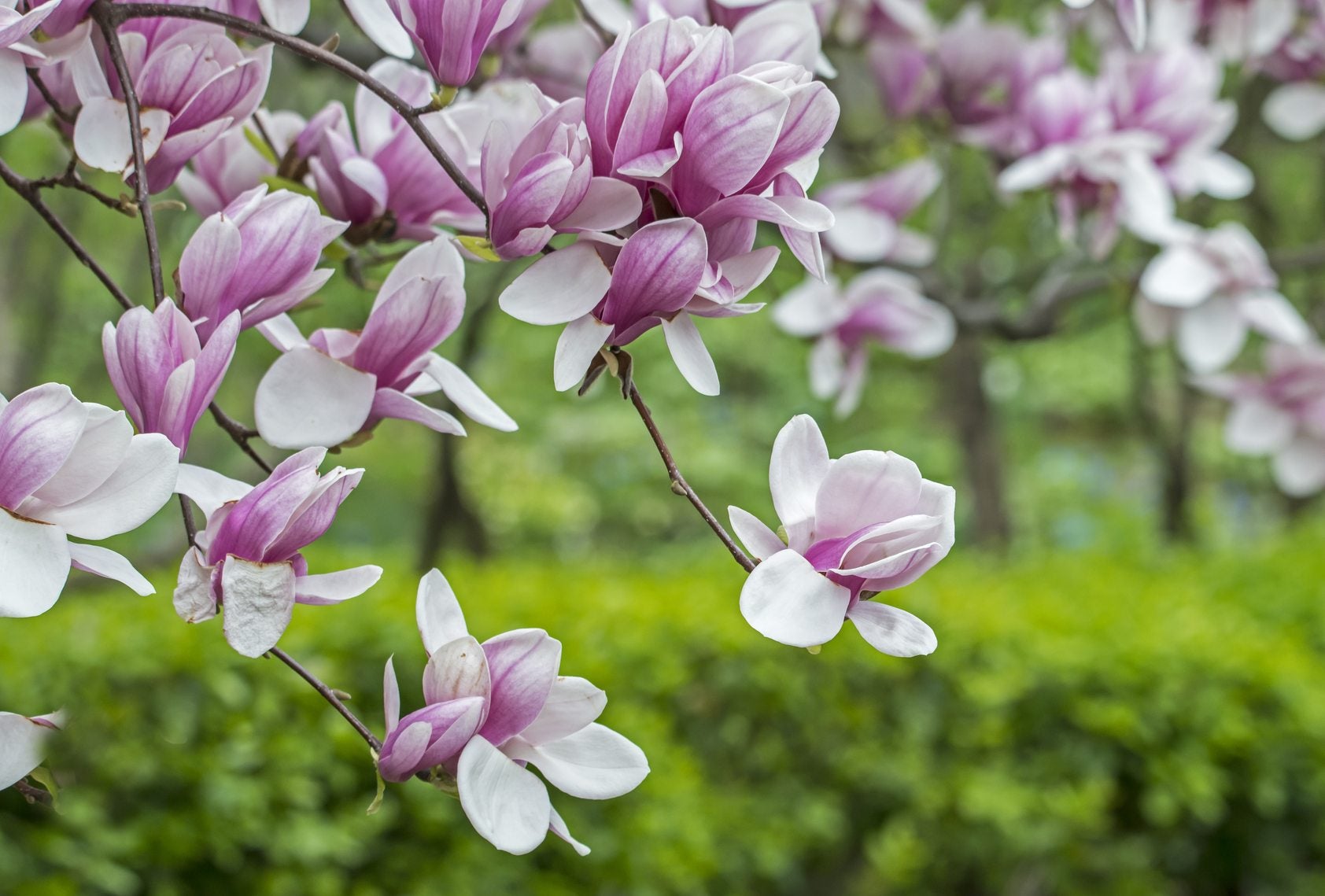Saucer Magnolia Growing Conditions – Caring For Saucer Magnolias In Gardens


Shortly after the Napoleonic Wars in Europe in the early 1800s, a Cavalry officer in Napoleon’s army is quoted as saying, “The Germans have encamped in my gardens. I have encamped in the gardens of the Germans. It had doubtless been better for both parties to have stayed home and planted their cabbages.” This Cavalry officer was Etienne Soulange-Bodin, who returned to France and founded the Royal Institute of Horticulture at Fromont. His greatest legacy was not the actions he took in battle, but the crossbreeding of Magnolia liliflora and Magnolia denudata to create the beautiful tree we now know today as the saucer magnolia (Magnolia soulageana).
Bred by Soulange-Bodin in the 1820s, by 1840 the saucer magnolia was coveted by gardeners around the world and sold for about $8 per seedling, which was a very expensive price for a tree in those days. Today, the saucer magnolia is still one of the most popular trees in the U.S. and Europe. Continue reading for more saucer magnolia information.
Saucer Magnolia Growing Conditions
Hardy in zones 4 through 9, saucer magnolia prefers well-draining, slightly acidic soil in full sun to part shade. The trees can also tolerate some clay soils. Saucer magnolia is usually found as a multi-stemmed clump, but single stem varieties can make better specimen trees in gardens and yards. Growing about 1 to 2 feet (31-61 cm.) per year, they can reach 20 to 30 feet (6-9 m.) tall and 20 to 25 feet (6-8 m.) wide at maturity.
Saucer magnolia gained its common name from the 5 to 10 inch (13-15 cm.) diameter, saucer-shaped flowers it bears in February to April. The exact bloom time depends on the variety and location. After a saucer magnolia’s pink-purple and white blooms fade, the tree leafs out in leathery, dark green foliage that beautifully contrasts with its smooth gray bark.
Caring for Saucer Magnolias
Saucer magnolia does not need any special care. When first planting a saucer magnolia tree, it will require deep, frequent watering to develop strong roots. By its second year, however, it should only need watering in times of drought.
In cooler climates, flower buds can be killed by a late frost, and you may end up with no flowers. Try later blooming varieties like ‘Brozzonii,’ ‘Lennei,’ or ‘Verbanica’ in northern areas for more reliable blooms.
Gardening tips, videos, info and more delivered right to your inbox!
Sign up for the Gardening Know How newsletter today and receive a free copy of our e-book "How to Grow Delicious Tomatoes".
-
 Types Of Tomatoes Explained: Explore The Many Wonderful Shapes, Colors, Flavors, & Best Uses
Types Of Tomatoes Explained: Explore The Many Wonderful Shapes, Colors, Flavors, & Best UsesThe world of tomato varieties is vast and fascinating. Learn about the key types to grow in your garden, tailored to your preferences and space.
By Amy Grant
-
 Try The Trend – Turn Any Bed Into A Keyhole Garden With This Clever In-Ground Composter
Try The Trend – Turn Any Bed Into A Keyhole Garden With This Clever In-Ground ComposterKeyhole gardening is an efficient and sustainable practice that saves space. Get started on this DIY project quickly and easily with an in-ground composter.
By Bonnie L. Grant